Maybe you and your kids need a break from homeschooling lesson plans, or you’re having A DAY and you suspect assigned activities will lead to meltdowns. Try switching gears and teach your kids about something you actually enjoy doing. You and your kids will feel like you’re getting a break from the usual, and there’s still learning going on.
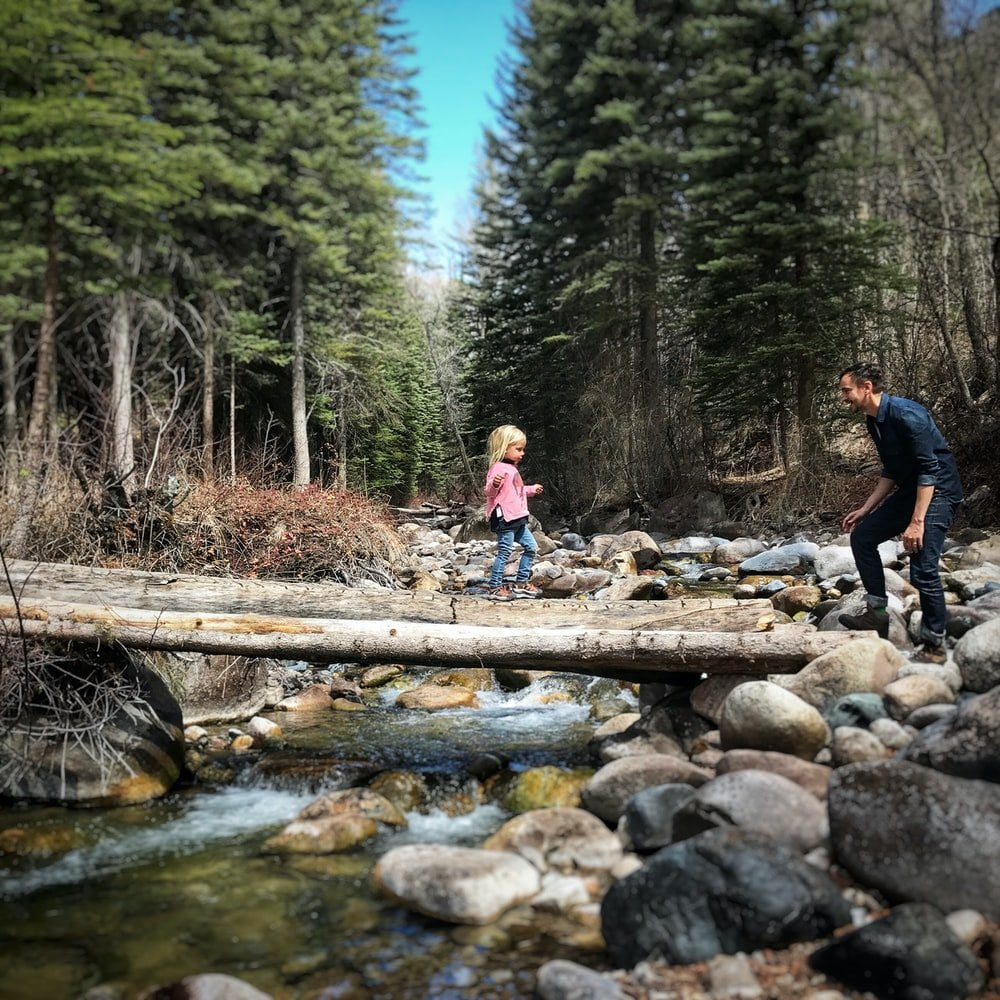
Fortunately, you are (most likely) a fully-grown, real-life human who has had years of experiences, learned skills, interests and hobbies that you can now share with your kids. Take this opportunity to spend time teaching them something that you know about, or sharing an activity that you love with them. They will enjoy the attention, gain confidence knowing you believe they can learn this new skill, and it’s been proven that kids benefit in a number of ways when they feel like they’re learning or contributing in some way (here’s an article for more on that).
Remember, you can learn new things too
Keep in mind that you can also learn how to do something together, if there’s something you’ve wanted to get into but haven’t yet. It will be good for your kids to see you learning something new too – a reminder that curiosity and learning doesn’t stop when you grow up. This is also a chance for you to model positive behavior – trying something new, asking questions, learning, and practicing something to get better at it.
Some ideas if you need a little inspiration
Cooking and Baking
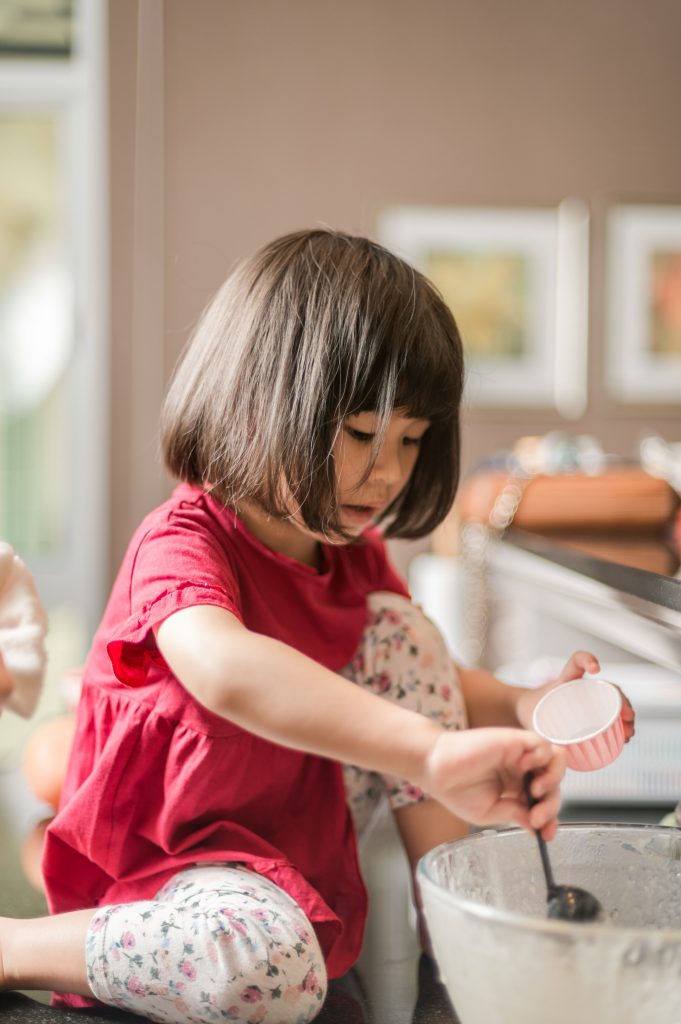
Cooking and baking with kids takes time, and usually parents have to prioritize speed when preparing food. Now is a good time to slow down and teach them a few kitchen skills. Depending on their age, you can start with something basic like making pancakes or eggs or sandwiches, or you can walk them through how to make some of your family’s favorite recipes. Show them the recipe and the steps to make a dish, and let them help as much as they are able.They can help you measure ingredients, taste and tweak recipes, and learn any cooking tips you can teach them. You can go over the science and math involved in cooking, or just get them excited about helping to prepare a meal or treat.
Gardening
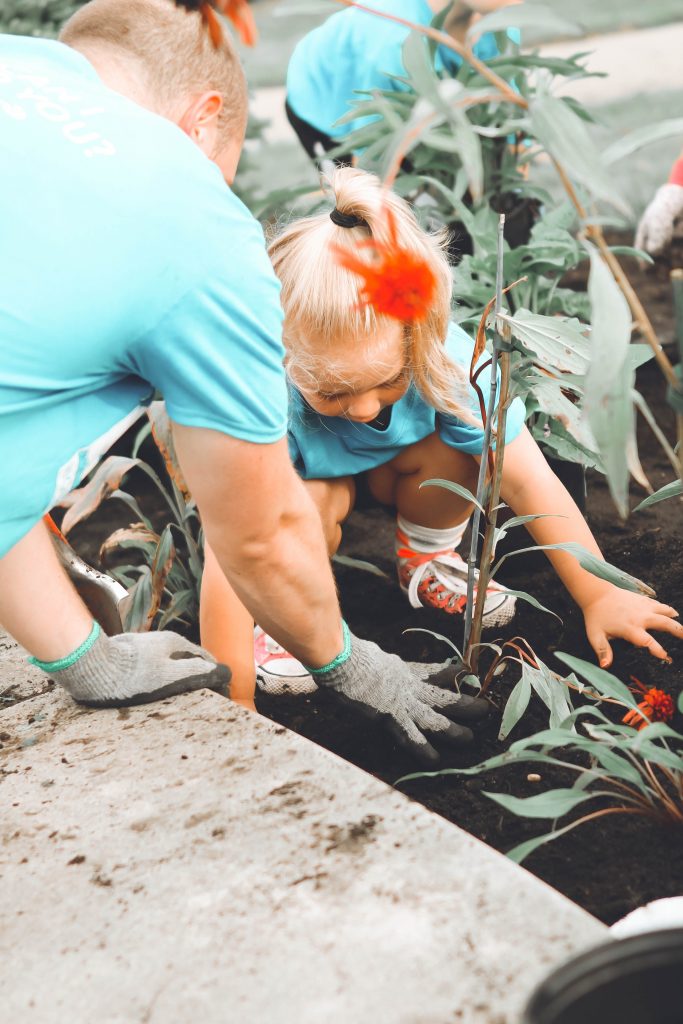
Gardening with kids is an opportunity for them to learn how to take care of a living thing, and to observe the transformation from seed to fruit (or whatever you choose to grow). They can help you pick what you plant – after talking or reading about what is best to grow in your area – and help plant, care for, and harvest what grows. This is a great chance for you to spend some time outside together. If you’re new to gardening, check out this article by NPR to get started.
And if you don’t have the space for an outdoor garden, here are some options by New York Magazine for indoor garden kits.
Sewing
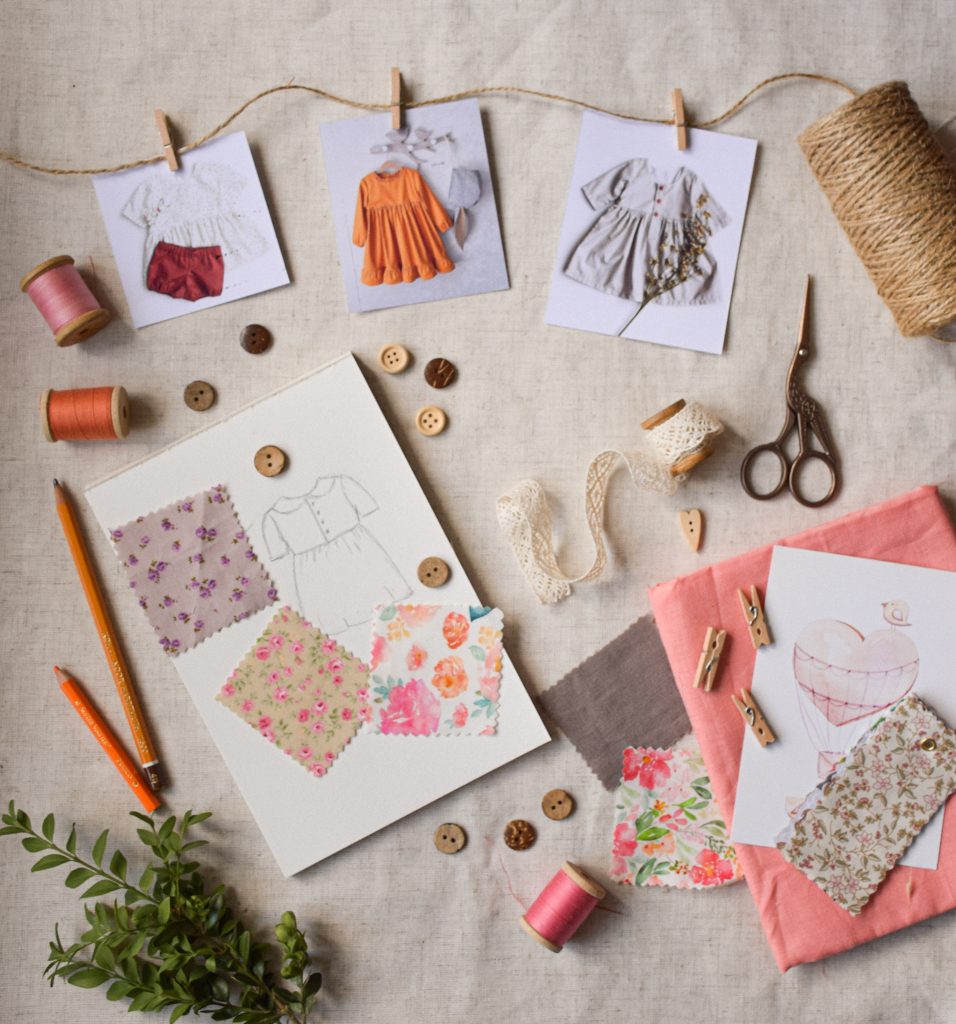
The benefits of learning to sew are numerous. This is an opportunity to practice and improve fine motor skills and dexterity, and kids can learn how to fix things instead of getting rid of them (just think of all the pants with no knees that can be fixed).
Even just being exposed to the idea that something broken can be fixed instead of thrown out is valuable. Also, the focus required to sew stitches means this is usually a quiet activity, which all parents can appreciate. Start with a few simple stitches, and depending on your skill and resources and your kids’ ages, you can even teach them to use a sewing machine. Here are some handy tips by Red Ted Art to get started with kids.
Knitting
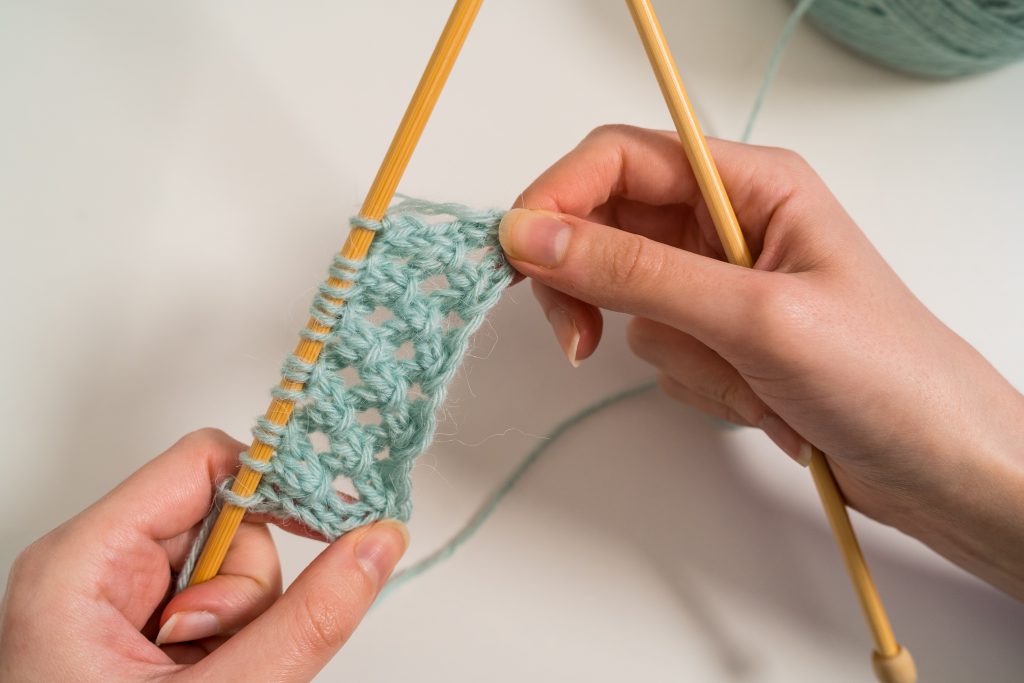
If you know how to knit, this is a good time to teach your kids (and if you don’t, this is a good time to learn with them). There are lots of knitting projects they can get into here, once you’ve taught them the basics. Just like with sewing, this will help improve fine motor skills, and it’s another (potentially) quiet activity for kids.
Play an instrument
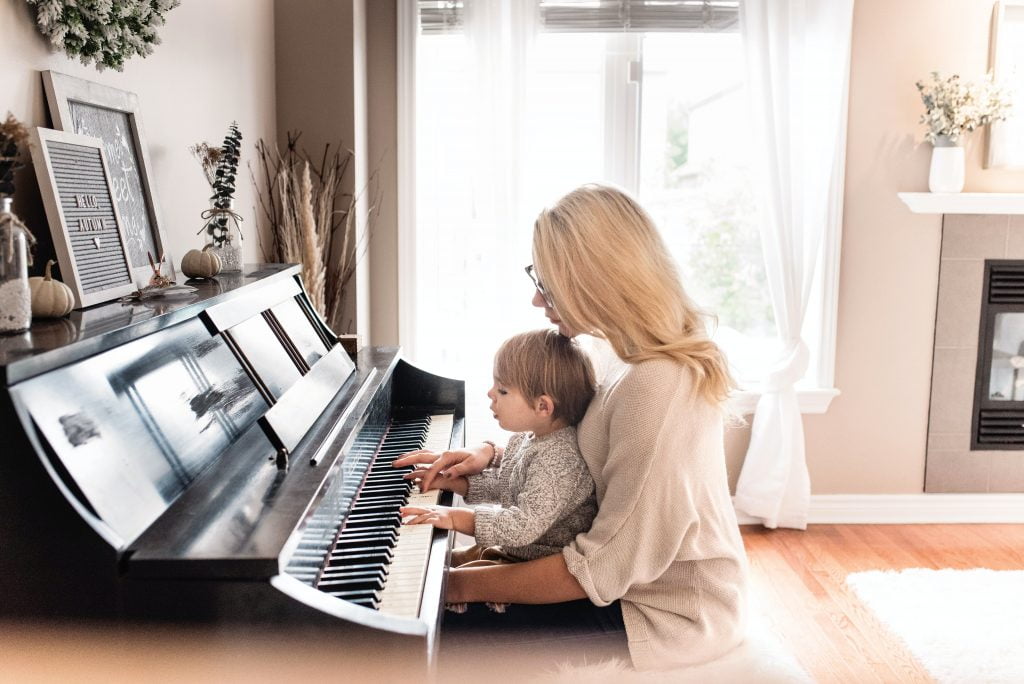
Do you play an instrument? If yes, you probably know the value of starting to learn when you’re young. Most kids will be really excited to learn to play like you do, and there are a lot of resources online specifically geared towards teaching kids. For information on best approaches based on age, check out this site. Or just do your own thing, and help your kid practice as much as you can.
Read a map
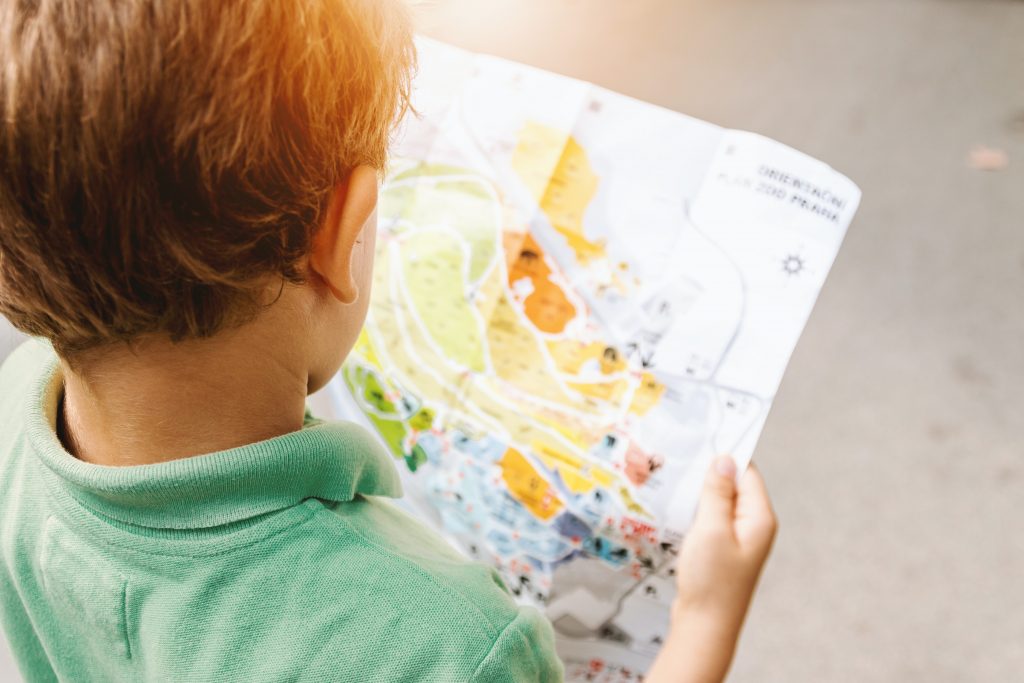
Some of us are, shall we say, slightly directionally-challenged, and it can seem like no one ever taught us to properly read a map or use a compass. Spatial awareness is an important part of a child’s education, and it can also help them if they get lost. You can teach your kids to follow a map by creating a treasure hunt for them, and show them how to map their neighborhood or a favorite park. Use an old-fashioned map and compass and let them help navigate a drive or walk, and let them help follow directions on a phone.
Write a letter
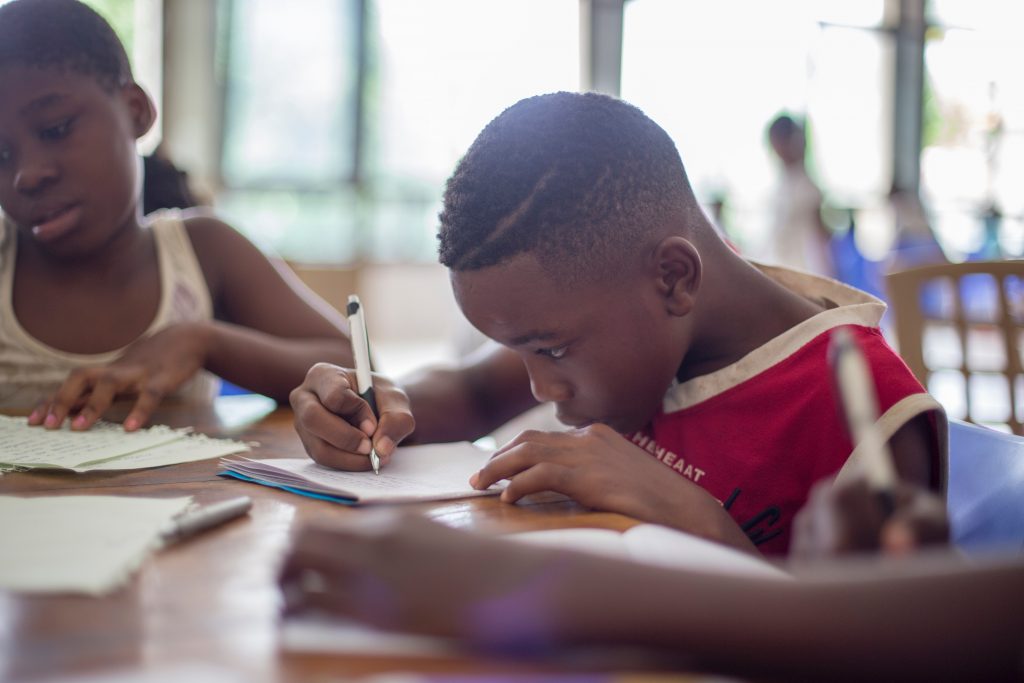
With social distancing, now is a great time to teach a kid how to properly write a letter. Break it down for them into sections (you can write these on a note card that they can refer to for help): greeting, body, closing, and signature. Give them some extra tips, like: ask the recipient some questions, tell them about something interesting that has happened to you, tell them how you are feeling, ask how they are, etc. And then practice! Have them write letters or emails to friends, family, their teachers, the mail carrier, a neighbor, and “send” them a few letters of your own that they can respond to.
Emergency response
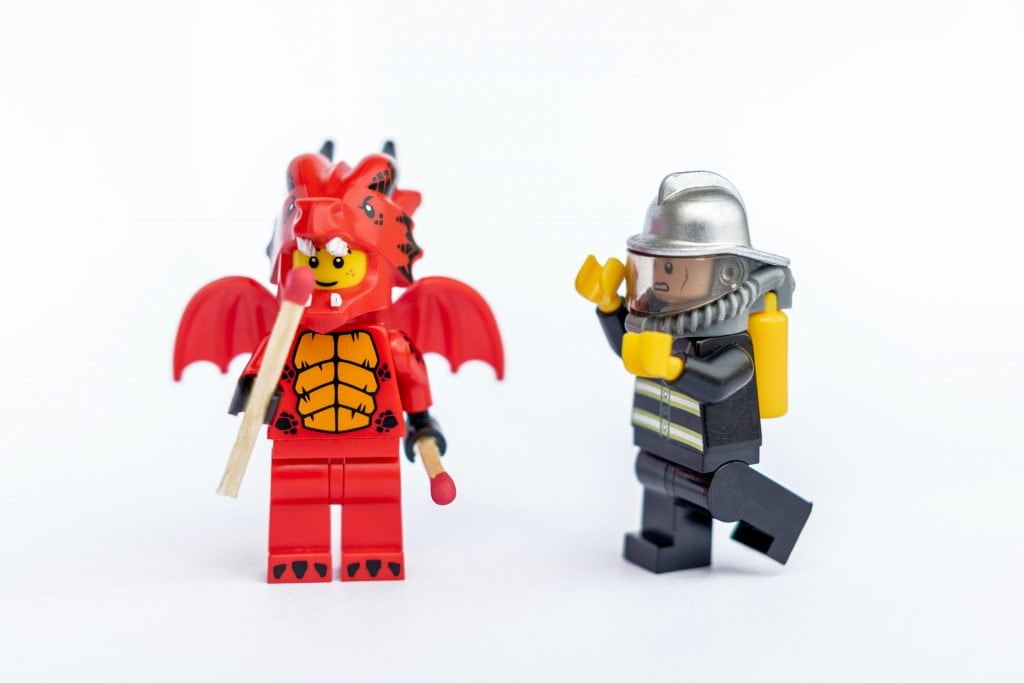
Your kids can (and should) be taught some basic steps to take in an emergency, and to recognize when there is an emergency.
Go through steps they should take in a few scenarios – such as a fire in your house, someone falling and getting hurt, a family member not responding. Make sure they understand where they should go in the event of an emergency. Write a few phone numbers down and display them somewhere accessible – yours, your spouse’s, the police. Keep it simple with just a few so they don’t get overwhelmed, and teach them how to dial these numbers on a phone.
Teach them these basics:
- Use ice on an injury
- Cold water for a burn
- Apply pressure to a bleeding wound
- Pinch nose for a nosebleed (don’t tilt head back)
- Stop, drop, and roll if clothes is on fire
Build something
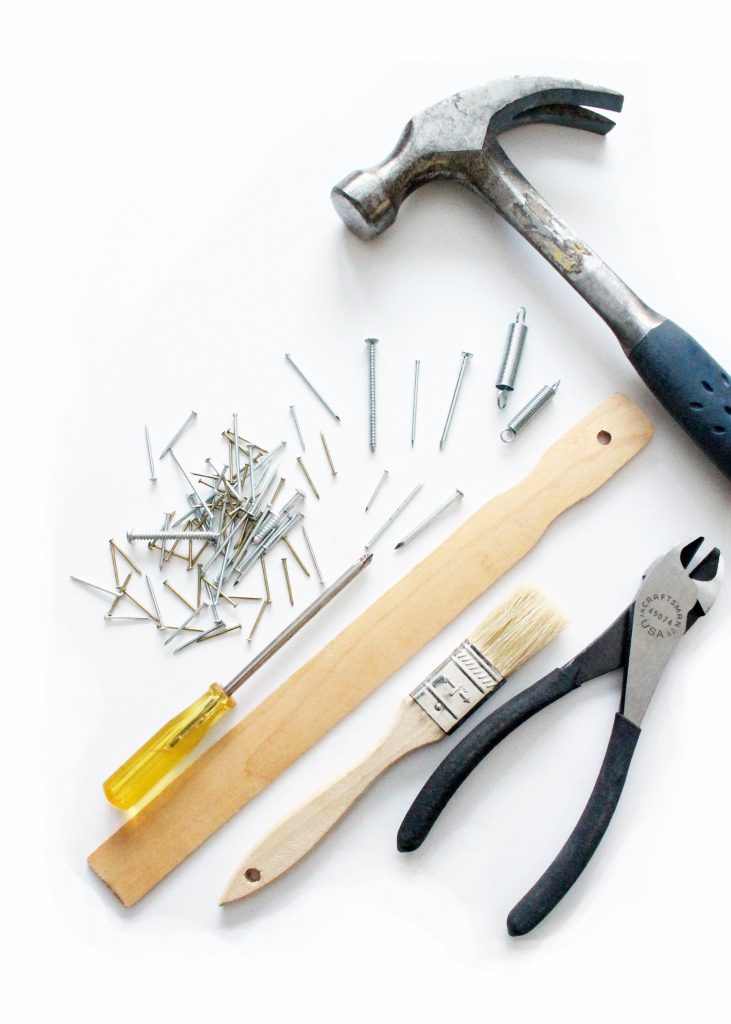
Try teaching your kids some basic carpentry skills. They’ll be thrilled to have something of their own that they helped create, or to have helped make something for the house. Also, this is a skill they will always be able to use. It will also be a lesson in how to take care not to hurt themselves when using tools. Either let them watch you and help whenever they can (if you’re into building things yourself), or check out this site for inspiration.
Photography

If you are a photographer, or even if you just enjoy taking photos, try teaching your kids how to take a good picture. If you’re able to you can also teach them how to edit the photos, and show them how they can upload a picture and use it on a computer. There are lots of resources online if you need some inspiration.
Chores

This one has the added benefit of taking some work off your plate (but to be honest, they will probably add to your work until they learn to do these things well). Teach your kids how to do the laundry, clean the bathroom, load and run the dishwasher, vacuum and dust, make a bed, hang and fold clothes. Help them recognize when a room looks clean and neat, and when they need cleaning or organizing. Psychologists agree that chores are good for kids (here’s an article, we’re not making this up) – they boost self-esteem and contribute to a child’s sense of community, and remind them to be appreciative of others.
Teach what you want to teach
These are just a few life skills that you can teach your kids. You might want to teach them how to create a budget – walk them through a shopping list, show them how to compare prices, teach them how you pay bills.
Or if you’re more technology-minded, you can teach them how to create and edit a website, video, or podcast, or how to use a digital illustration app. You could help them develop strong public-speaking skills, or teach them how to be effective in an argument or debate.
There are countless things you can teach your kids now that they will benefit from, and if nothing else, they will get to spend time with you learning about something that matters to you.
Need a complete break from homeschooling? Then print out some riddles for kids or have them listen to a podcast. (you can always check out ours (7 in 7 – An educational podcast for kids)